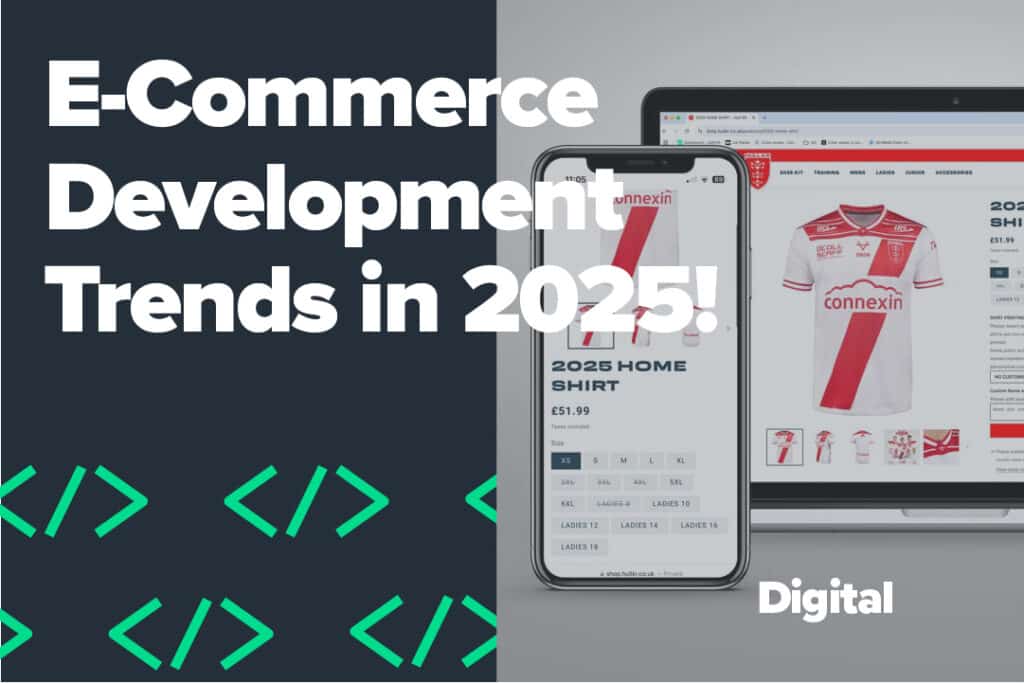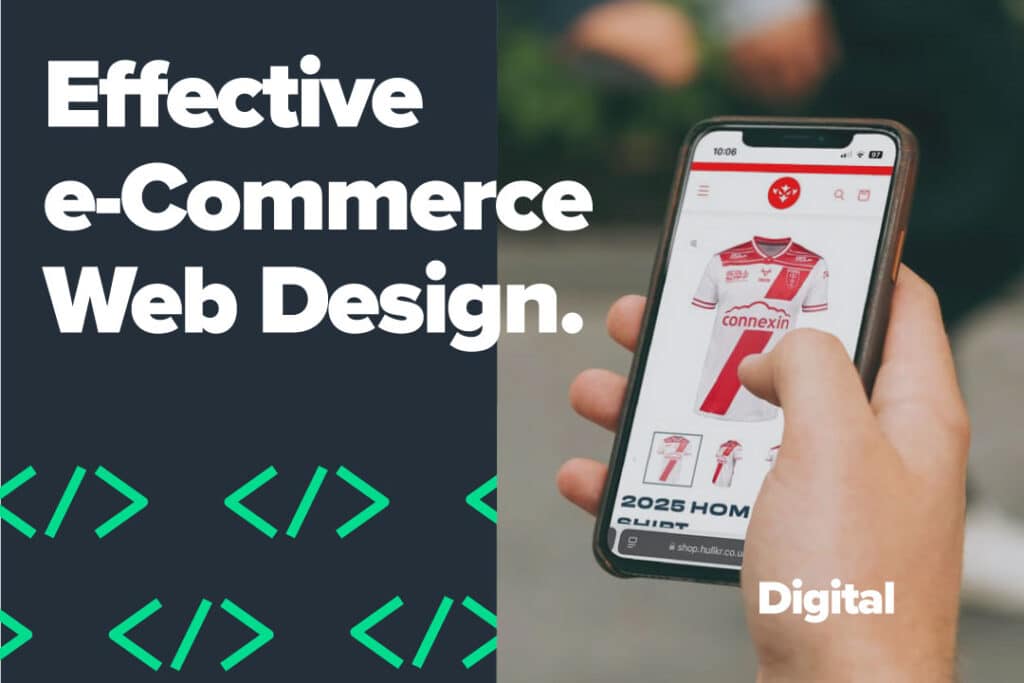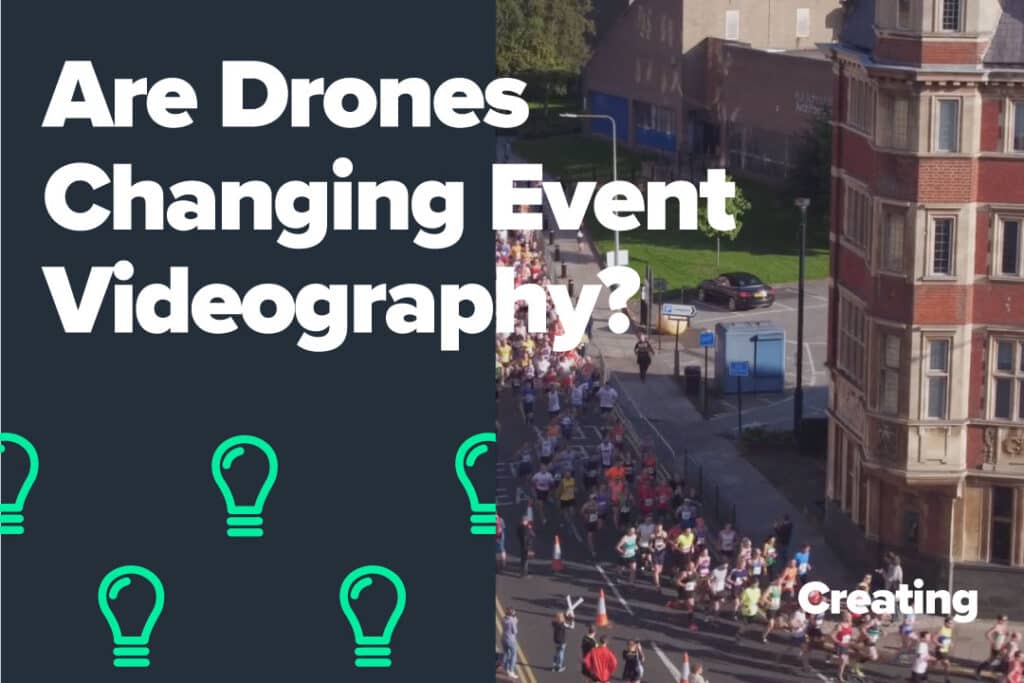With the shock announcement from Facebook that they’ll be releasing their very own pair of Augmented Reality glasses, It seems that some of the largest businesses across the globe have been hit by the AR bug.
Every week more discoveries are being made around the use of Augmented Reality technology. Here at Eon we’re a huge fan, but we wanted to speak to Community Manager Dileepa from ‘’The Centre for Digital Innovation’’ C4DI, to get his take on the evolution of Augmented Reality.
Q: How would you describe the difference between Augmented Reality and Virtual Reality?
A: Quite simply, the way I see it, there are two levels. Level one is immersive and brings the user into a different reality (using VR). We have the ability to put on a headset and be transported into Narnia.
Level two on the other hand, is a deeper level of immersion, where we’re truly connected to another reality; connected by smells, haptics, various sensations and que’s. AR operates on a mixed reality basis and allows us to combine a digital reality with our existing reality, and has many more levels of interaction than VR.
Q: What was your first experience with AR, and also the experience that had the most impact on you?
A: I’m a self proclaimed Apple lover, but I was really struck by the Microsoft hololens launch. It really painted a picture of a future I wanted to be a part of, and it was the most exciting Microsoft product i’d seen in a long time. I was really struck by that, and wanted to join queue of people testing it out.
I was lucky as 1 year later someone brought a Hololens into C4DI. I’ve tried a few different AR headsets prior to the Hololens, but the Hololens was incredible in how it overlayed a digital reality and embedded it into your physical reality. I got to do some crazy things, like augment a giant canary outside of the office! It was great to see how even when I moved and walked around, that the augmented objects stayed in place.
Q: What excites you most about the future of this emerging technology?
A: To be honest, like I mentioned earlier, I think we’re very much on level one at the moment. We’re at a stage where we’re waving our smartphones around and we’re augmenting objects and locations into our reality, using a lens that emposes our physical world. Although, I think one of the barriers we need to overcome is how to make an augmented reality experience seamless and fully immersive for users.
Q: Why do you think businesses should invest in AR technology?
A: At the moment I don’t think that all businesses should invest in AR. Instead I think they should invest in businesses like Eon who can create and provide AR solutions for them. We’re at the stage where it’s too early for some professionals to understand the business capabilities of AR – particularly within businesses with little or no understanding of the field.
I think at first it’s about building an understanding of the potential uses, and working with technology and solution providers to turn idea’s into viable solutions for market. Businesses that focus on distributing vast amounts of information or highly visual information, such as Construction, Packaging & Hospitality, have various options to explore within AR.
Q: Pokémon Go was all the rage last year….what do you think are the best real world uses of AR currently?
A: I think that just because Pokémon Go is a game, doesn’t mean it has real world uses. Although, Pokémon Go is an example of how AR can be valuable, I think there are lots of other potential applications of AR within sectors like education for example. Learning and teaching can be dull and uninteresting, and we’re limited in terms of learning style options available for teachers. I know we’ll have seen advances since I was studying… but I see AR having a huge impact within the education sector. The AR Heart App for example, is a great way of teaching young children about the human body.
Other useful applications such as the Ikea App, are becoming less of a gimmick for retailers and consumers. Being able to ‘’try before you buy’’ is an attractive tool for shoppers. Tapping into applications like this, that are not only interesting but commercially viable, is a solution that tech providers can supply.
Q: In your opinion, how is AR adding value for users?
A: Its an effective way of sharing information and changing the way people interact with data and people around them.
Q: In your opinion, what industries have been/will be impacted the most by AR technology?
A: Any industry where complicated and vast information needs to be conveyed will benefit greatly from AR technology, and there are heaps of useful money making apps to be discovered. Navigation companies for example, could operate a ski lift location system so that when you’re skiing you have access to information about your nearest ski lift. Equally, if you’re exploring a new city, being able to access instant insights about the best restaurants within your vicinity.
Q: In your opinion, where will we find AR in our world in 10 years (2028!)?
A: The simple and easy answer would be, completely seamless AR experiences. It will have changed the way we interact with the world and people around us.
For example, I like to FaceTime my family. Now I have to pick up the phone and hold it up to my face. Reducing the friction in that instance would be a massive selling point for many users. In this day and age we’re bombarded with heaps of information, so a tool that can help us to priorite that information would be highly useful. An example of this is our phone notifications; instead of getting notifications to my phone, being able to visualise those notifications in my space.
The goal is for our world to be seamless and the information we need, to be accessed in a seamless approach. If I’m doing a presentation, it would be useful to be able to view my presentation notes right in front of me, or to have instant access to insights about my audience, so that I can tailor my content in a real time fashion. All of these insights and capabilities will enable us to connect with people around us in a more personal level.
Q: Are any C4DI members currently working on any AR projects that you can tell us about…?
A: At C4DI we’ve produced some really interesting AR greeting cards. Scott and his team from BIMsense, who are based at C4DI, are also working on some really innovative projects at the moment.
I think the field is too early to enter for a lot of companies. For example there’s currently no squarespace for AR. Right now I can build a website and a landing page myself through the use of various platforms, but this accessibility just isn’t there with AR yet. It’s businesses like Eon, who through testing and implementation, understand the capabilities and potential. This allows them to show businesses how to make this tech commercially viable for consumers.
If you’re interested in hearing about AR projects that we’ve worked on, then check out our work page.





